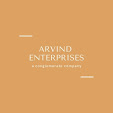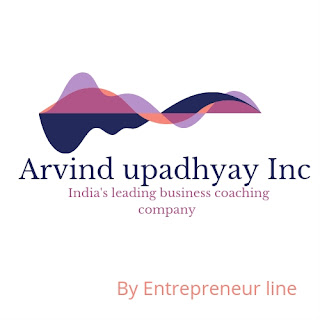📖 The Power of Storytelling: Why Brands That Tell Better Stories Sell More (Backed by Case Studies)
Modern consumers are bombarded with thousands of ads daily. Yet, only a handful stand out and truly connect.
The difference? Storytelling.
Stories have the power to transform products into experiences, brands into trusted allies, and occasional customers into lifelong fans.
Research by Headstream shows that if people love a brand story, 55% are more likely to buy the product in the future, 44% will share the story, and 15% will buy immediately.
Let’s explore why storytelling works, and how businesses can use it to drive real sales growth.
🧠 Why Stories Sell: The Science Behind It
Humans are wired for stories:
- Neuroscience shows that storytelling activates areas of the brain associated with emotions and memory (source: Princeton University).
- Hormones like oxytocin (linked to empathy and trust) are released when we hear compelling stories.
- Compared to facts alone, information told in a story is 22 times more memorable (source: Stanford Graduate School of Business).
That’s why a product pitch often feels “salesy,” but a story feels authentic and resonates deeply.
🏢 Case Study 1: Nike – Selling Stories, Not Just Shoes
Nike rarely focuses on shoe materials or features in its ads.
Instead, it tells stories about athletes overcoming challenges, chasing dreams, or breaking barriers.
For example:
- “Find Your Greatness” campaign highlighted everyday athletes, making everyone feel part of something bigger.
- Sales and brand engagement surged, and Nike cemented its image as an empowering brand — not just a sportswear company.
This approach turns a simple running shoe into a symbol of determination and identity.
📦 Case Study 2: TOMS Shoes – The One-for-One Story
TOMS didn’t just sell shoes; it sold a mission:
“For every pair you purchase, we give a new pair to a child in need.”
The story of helping children resonated deeply with consumers:
- Within a few years, TOMS went from a startup to selling over 10 million pairs of shoes.
- The brand built emotional loyalty that outlasted trends.
This shows that a story with purpose can be more powerful than any discount.
🎥 How Your Business Can Use Storytelling to Sell More
You don’t need to be a global brand to tell stories. Here’s how to start:
✏️ 1. Share Your Origin Story
Why did you start your business?
What challenge or passion inspired it?
Example:
A bakery started by a mother who couldn’t find healthy cakes for her allergic child.
This resonates far more than “We make cakes.”
Customers connect with people and missions — not faceless businesses.
🛍 2. Highlight Customer Stories
Show how real people use your products and how it improves their lives.
Example:
- A customer testimonial about how your organic skincare reduced her eczema.
- A case study showing how your software saved a client 20 hours a week.
These are authentic, relatable, and build trust.
📸 3. Use Visual and Emotional Storytelling
Photos, videos, and social media posts help bring stories to life:
- “Behind the scenes” of product creation.
- Stories of your team, values, and daily work.
- Emotional moments like first product launches or customer milestones.
Remember: people remember feelings more than facts.
🌟 4. Focus on Values, Not Just Products
Modern consumers care about sustainability, community, and ethics.
Example:
- A clothing brand sharing its journey to use 100% recycled fabrics.
- A café highlighting its support for local farmers.
This creates emotional buy-in, leading to repeat purchases.
📈 Why It Works: The Numbers
- Content marketing with storytelling increases conversion rates by up to 30% (source: Demand Metric).
- Story-driven ads are more likely to be shared, boosting organic reach.
- Stories build brand recall, making customers choose you over competitors.
✅ Key Takeaways
- Stories make your brand human, memorable, and emotionally engaging.
- Focus on why your business exists, real customer stories, and your brand’s mission.
- Use visuals, videos, and authentic language to bring stories to life.
- Selling becomes easier when customers see themselves in your story.
In a crowded market, products can be copied — but your story is uniquely yours.













0 Comments